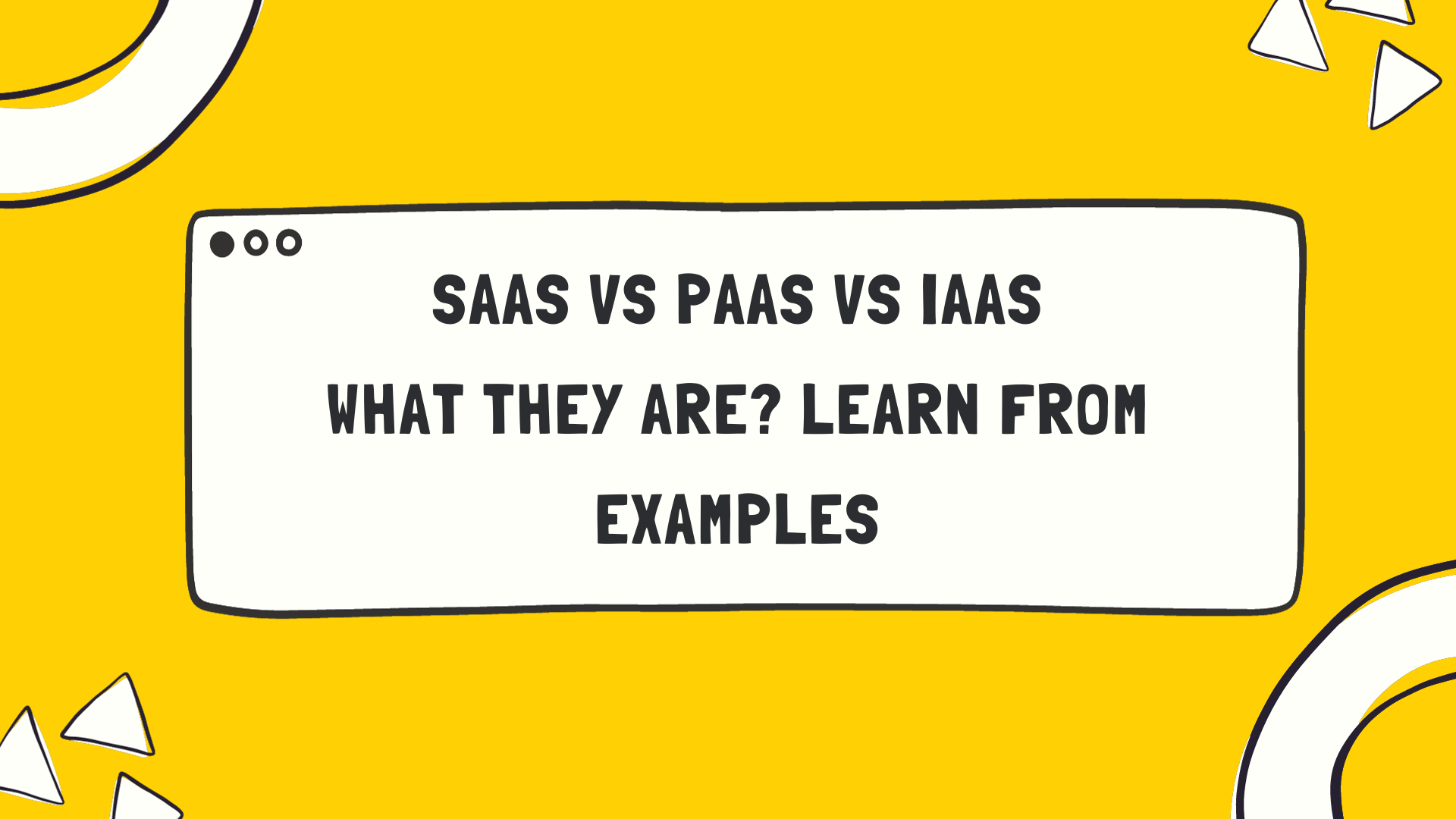In a competitive market, capturing and holding a potential customer’s attention is gold. The initial spark of interest is just the starting point. The crux lies in nurturing these leads strategically through well-thought-out campaigns and a streamlined process.
This is where the real journey towards building a solid customer base begins.
In this blog post, you will learn the art and science of lead nurturing, unravelling effective strategies, compelling campaigns, and efficient processes to transform fleeting interest into loyal patronage.
Key Takeaways
- Lead nurturing is the process of building relationships with potential customers through targeted content and multi-channel techniques.
- Targeted content plays a key role in lead nurturing by providing personalized information that resonates with the needs of potential customers.
- Using multiple channels, such as email marketing, social media advertising, and webinars, helps businesses reach and engage with leads effectively.
- Maintaining a consistent contact cadence is important to keep leads engaged without overwhelming them or leaving too much time between interactions.
- Dynamic content allows businesses to personalize their messages based on individual interests and preferences, increasing engagement and trust.
- Planning a content timeline helps ensure that the right content is delivered to potential customers at the right time throughout their buyer journey.
Understanding Lead Nurturing

Lead nurturing is the process of building and maintaining relationships with potential customers through targeted content, multi-channel techniques, contact cadence, and dynamic content.
Definition
Lead nurturing means building a bond with possible buyers. It is about helping them at every step of their buying journey. We offer help by giving valuable details and support. This way, we hope to move these leads down the sales path and turn them into actual sales.
Importance
Lead nurturing holds a key spot in sales and marketing. It helps to build strong bonds with potential customers. It’s like guiding them on a journey through the sales funnel. Targeted content plays a big part here.
It gives just what the customer needs when they need it! This technique boosts trust, showing that we care about their unique needs and goals. Over time, these thoughtful touches turn leads into happy buyers! Lead nurturing isn’t just good for making sales though; it also boosts customer retention rates too!
Lead Nurturing Tactics and Strategies
Lead nurturing tactics and strategies involve using targeted content, implementing multi-channel techniques, managing contact cadence, utilizing dynamic content, and planning a content timeline to effectively nurture leads.
Targeted content
Targeted content is a key part of lead nurturing. It means giving useful and personal details to would-be buyers. The right content can show you care about their needs. For example, if someone shows interest in blue jeans on your site, they should get more info related to that item.
This way, what they see feels special and made for them. It builds trust with those customers too! In the end, they might want to buy from you because they feel understood.
Multi-channel techniques
Using multiple channels is an important part of lead nurturing. It allows businesses to reach potential customers in different ways, increasing the chances of engagement and conversion. Here are some effective multi-channel techniques:
| Strategy/Method | Description |
|---|---|
| Email marketing | Send targeted emails to engage leads with your offerings. |
| Social media advertising | Use platforms like Facebook and Instagram to engage potential customers. |
| Retargeting ads | Display ads to re-engage leads familiar with your business. |
| Content marketing | Create valuable content across channels like blogs and videos. |
| Webinars or online events | Host events for in-depth product or industry knowledge sharing. |
| Direct mail campaigns | Send physical mailers for a unique and memorable touchpoint. |
| Live chat support | Provide real-time answers and guide leads on your platforms. |
| SMS marketing | Communicate offers or updates directly via text messages. |
Contact cadence
Contact cadence refers to the frequency and timing of your interactions with leads during the lead nurturing process. It is important to maintain a consistent and well-planned contact cadence to keep potential customers engaged and interested.
By regularly reaching out to leads with relevant and valuable content, you can build trust, establish yourself as an authority, and stay top-of-mind. However, it is crucial to find the right balance – not contacting leads too frequently that it becomes annoying or overwhelming, but also not leaving too much time between interactions that they lose interest or forget about your brand.
The key is to carefully plan your touchpoints based on the preferences and behaviour of each lead, ensuring that you provide value at every stage of their buyer journey.
Dynamic content
Dynamic content is a powerful tactic in lead nurturing. It involves personalizing the content that you send to potential customers based on their specific interests, behaviours, and preferences.
By tailoring your messages to each individual, you can provide them with relevant information that resonates with their needs. This not only increases engagement but also helps build trust and credibility.
Dynamic content allows you to deliver a more personalized experience and makes your leads feel valued and understood. It’s an effective way to nurture relationships with potential customers and move them closer to making a purchase decision.
Content timeline planning
Content timeline planning is an essential aspect of effective lead nurturing. It helps businesses stay organized and ensures that the right content is delivered to potential customers at the right time. Here are some key considerations for content timeline planning:
| Strategy/Action | Description |
|---|---|
| Understand the buyer journey | Identify stages a customer undergoes before purchasing. |
| Align content with the sales funnel | Match content to stages like awareness and consideration. |
| Map out content delivery | Plan when to deliver content based on frequency and engagement. |
| Use automation tools | Automate content delivery for consistency and time-saving. |
| Measure and adjust | Monitor campaign performance and refine based on feedback. |
Effective Lead Nurturing Campaigns
Building strong relationships with potential customers is crucial for effective lead-nurturing campaigns. By fostering connections at every stage of the buyer journey, businesses can create personalized and targeted content that resonates with their target audience, ultimately leading to higher conversion rates and customer retention rates.
Building relationships with potential customers
Building relationships with potential customers is a crucial aspect of lead nurturing. It involves engaging, supporting, and developing meaningful connections with prospective customers.
By providing valuable information and resources, businesses can build trust and establish rapport with their leads. This helps to move them through the sales funnel towards a sale.
Following up in a timely manner and asking for feedback shows a commitment to understanding and meeting the needs of potential customers. Utilizing omnichannel communication allows for reaching leads through multiple channels, increasing the chances of building strong relationships and converting them into loyal customers over time.
You can also look at the list of Top Lead Capture Tools
Fostering connections at every stage
Building and maintaining connections with potential customers is a crucial aspect of lead nurturing. By fostering these connections at every stage, businesses can increase their chances of converting leads into loyal customers.
It’s important to engage with leads consistently and provide them with valuable information that addresses their needs and interests. This can be done through personalized emails, targeted content, and follow-up communications.
By demonstrating a genuine interest in their success, businesses can build trust and establish long-lasting relationships with potential customers. Additionally, staying connected throughout the buyer journey allows businesses to guide leads towards making informed purchasing decisions.
Lead nurturing through the buyer journey
Lead nurturing through the buyer journey is an essential part of the lead nurturing process. It involves guiding potential customers through each stage of their buying journey to ultimately make a purchase. Here’s how you can effectively nurture leads throughout their buyer journey:
| Stage | Action/Strategy | Description |
|---|---|---|
| Awareness stage | Provide educational content | Address pain points and challenges. |
| Offer resources | Use blog posts, e-books, or videos for problem understanding. | |
| Consideration stage | Share case studies | Showcase product/service benefits. |
| Send personalized emails | Provide targeted information based on interests. | |
| Decision stage | Offer product demos | Allow hands-on experience with your offering. |
| Provide testimonials | Build trust with reviews and testimonials. | |
| Post-purchase stage | Follow up | Ensure satisfaction and address concerns. |
| Provide valuable content | Encourage repeat business and foster loyalty. |
Lead Nurturing Process
In the lead nurturing process, it is crucial to establish and maintain relationships with potential customers in order to foster connections at every stage of their buyer journey. This involves personalized and targeted content marketing, onboarding campaigns, and a robust lead-nurturing strategy that aligns sales and marketing teams for optimal customer acquisition and retention.
Establishing relationships
Building strong relationships with potential customers is a crucial aspect of lead nurturing. By engaging and connecting with them, we can establish trust and credibility. A successful lead nurturing strategy involves focusing on multiple touches to cultivate meaningful connections at every stage of the sales process.
Through personalized and targeted content, we can provide valuable information that resonates with their needs and interests. Following up in a timely manner shows responsiveness and demonstrates our commitment to understanding their unique requirements.
By building these relationships, we can move potential customers down the sales funnel and ultimately towards making a purchase.
Maintaining relationships
Maintaining relationships is a crucial part of lead nurturing. Once you have established a connection with potential customers, it’s important to continue engaging with them and providing valuable information.
This helps to build trust and keep them interested in your business. By consistently staying in touch through various channels like email or social media, you can nurture the relationship over time.
It’s also important to ask for feedback and listen to their needs so that you can tailor your communication and offers accordingly. Remember, maintaining relationships requires ongoing effort and commitment to ensure that leads feel valued and supported throughout their buyer journey.
Importance of meaningful relationships
Building meaningful relationships with potential customers is a crucial aspect of lead nurturing. It goes beyond just providing information and resources; it involves connecting on a personal level and understanding their specific needs and pain points.
By fostering these connections, businesses can establish trust and credibility with their leads, making them more likely to engage and eventually convert into paying customers. Meaningful relationships also help in customer retention as satisfied customers are more likely to remain loyal and advocate for the brand.
So, investing time and effort into developing meaningful relationships throughout the lead nurturing process can yield long-term benefits for businesses.
Lead nurturing vs. lead generation
Lead nurturing and lead generation are two fundamental concepts in the field of marketing, yet they serve distinct purposes in the sales funnel. Here’s a comparison between the two.
| Lead Nurturing | Lead Generation | |
|---|---|---|
| Purpose | Lead nurturing is about building meaningful relationships with potential customers and providing them with valuable information and resources. It’s a purposeful process aimed at moving leads down the sales funnel and ultimately toward a sale. | Lead generation, on the other hand, is the process of attracting and converting strangers into someone who has shown interest in your company’s product or service. |
| Strategies | Effective lead nurturing strategies include targeted content, multi-channel communication and timely follow-ups. It involves multiple interactions to build trust with potential customers and maintain relationships with them. | Strategies for lead generation often include tactics like online advertising, social media marketing, and email marketing to gather potential leads for a business. |
| Importance | Lead nurturing is crucial as it shows responsiveness and interest in potential customers’ needs. It helps in fostering connections at each stage of the buyer journey. | Without lead generation, a business would not have a pipeline of potential customers, making it an essential step in the marketing process. |
While both lead nurturing and lead generation are vital to a successful marketing strategy, they each play different roles. Understanding the difference between them can help businesses to efficiently and effectively move potential customers through the sales funnel.
Find out the Best Lead Generation tools
Conclusion
In conclusion, nurturing leads is a crucial strategy for businesses to build relationships with potential customers. By using targeted content and multi-channel techniques, businesses can effectively engage with leads at every stage of the sales process.
Following up timely and asking for feedback shows commitment towards meeting their needs. Overall, lead nurturing is an important process in driving sales and building meaningful connections with prospective customers.
FAQs
1. What is lead nurturing and why is it important?
Lead nurturing is the process of building relationships with potential customers by providing them with relevant and valuable information, thereby increasing their likelihood of making a purchase. It’s important because it helps guide leads through the buying journey and improves conversion rates.
2. How can I create an effective lead nurture strategy?
To create an effective lead nurture strategy, you should identify your target audience, understand their needs and pain points, develop personalized content, set clear goals for each stage of the buyer’s journey, automate email campaigns, and regularly analyze and adjust your strategy based on data.
3. What types of campaigns are commonly used for lead nurturing?
Common types of campaigns used for lead nurturing include educational newsletters or email series, targeted social media ads or posts, personalized landing pages or website content, webinars or online events focused on specific topics of interest to prospects.
4. What is the process of lead nurturing?
The process of lead nurturing typically involves capturing leads through various channels such as forms on websites or social media platforms; segmenting leads based on their interests and behavior; providing valuable content that addresses their needs; scoring leads based on engagement levels; passing qualified leads to sales teams for further follow-up.
5. How long does it take to see results from a lead nurture campaign?
The time it takes to see results from a lead nurture campaign can vary depending on factors such as industry, target audience size, complexity of products/services being offered.



